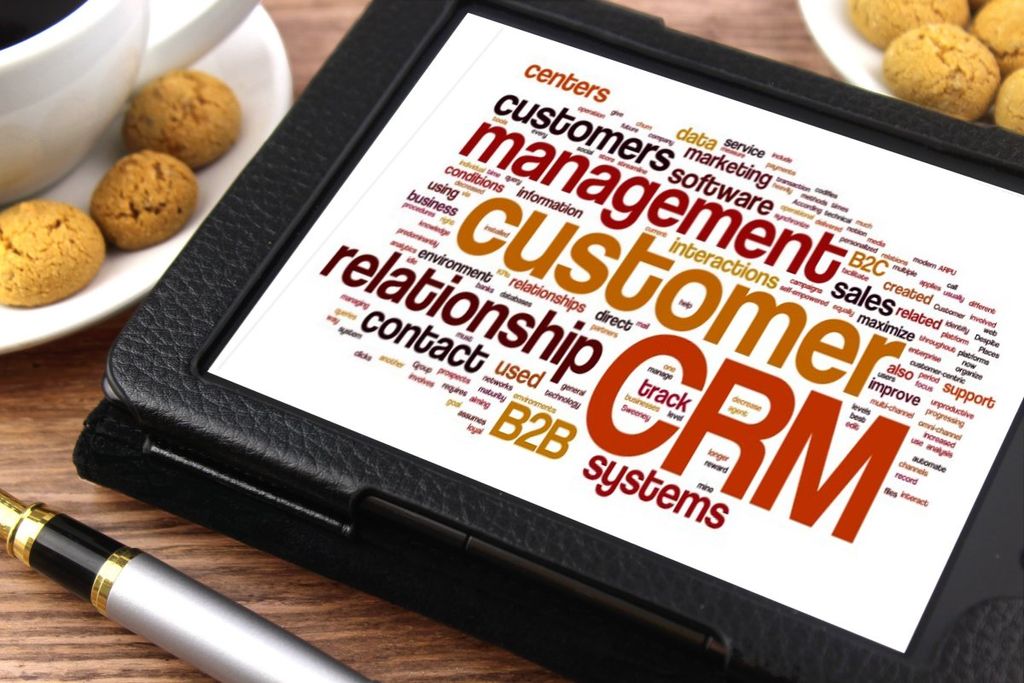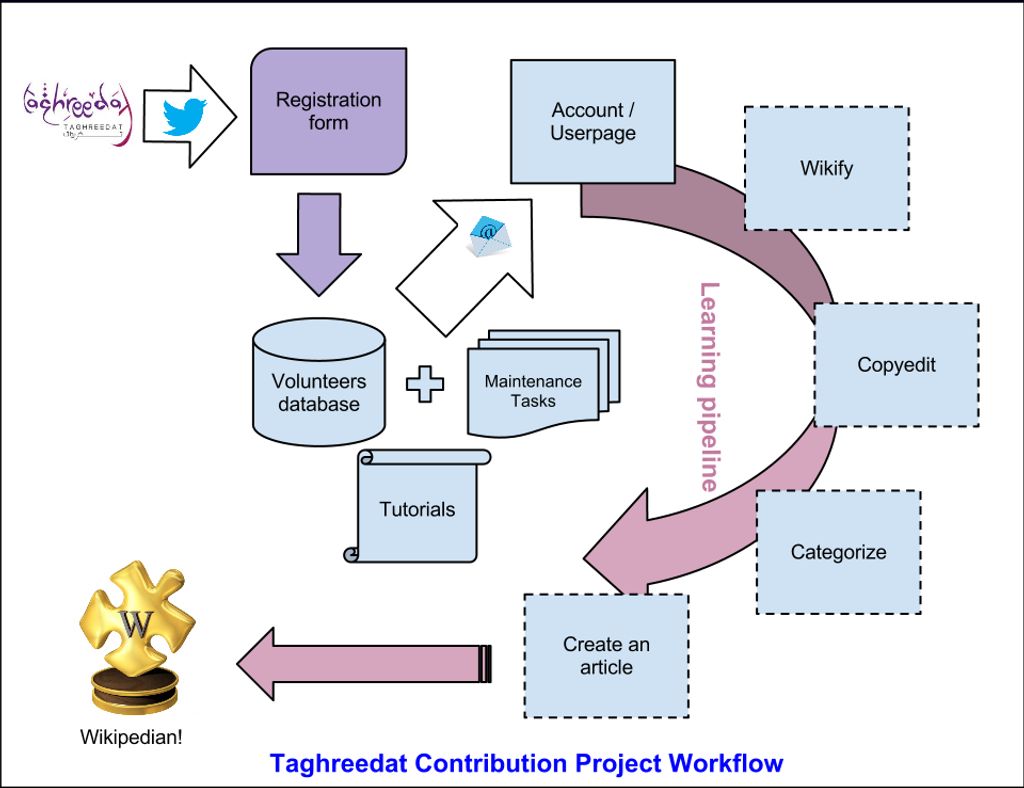
Email automation can greatly improve the efficiency and productivity of researchers by streamlining repetitive email tasks. By automating email tasks, researchers can save time, reduce errors, and ensure a smoother workflow. This article explores the benefits of email automation, common email tasks in a research workflow, and how to choose the right email automation tool.

Automating email tasks can greatly improve efficiency and productivity in a research workflow. By automating repetitive tasks such as sending emails, organizing contacts, and filtering messages, researchers can save valuable time and focus on more important aspects of their work. Additionally, email automation allows for consistent and timely communication, ensuring that important messages are not overlooked or delayed.
In a research workflow, there are several common email tasks that researchers often need to perform. These tasks include sending and receiving emails, organizing email folders, managing email contacts, and responding to email inquiries. To streamline these tasks and improve efficiency, researchers can leverage email automation tools.
When it comes to choosing the right email automation tool for your research workflow, there are several factors to consider. Ease of use is an important consideration, as you want a tool that is intuitive and user-friendly. Additionally, integration with other tools and platforms that you use in your research process is crucial. Look for an email automation tool that seamlessly integrates with your calendar, project management tools, and other software you rely on.
Another important factor to consider is the features offered by the email automation tool. Some key features to look for include the ability to create and customize email templates, set up email filters to organize your inbox, schedule email sending, and manage your email contacts efficiently.
Lastly, pricing is also an important consideration. Evaluate the pricing plans of different email automation tools and choose one that fits within your budget while still offering the features and functionality you need for your research workflow.
Creating email templates can save you a significant amount of time and effort in your research workflow. With email templates, you can quickly compose and send standardized emails without having to type the same content over and over again. This not only improves efficiency but also ensures consistency in your communication. To create effective email templates, consider the following tips:
By utilizing email templates, you can streamline your email communication and focus more on your research tasks.
Setting up email filters is an essential step in automating your email tasks. Filters allow you to automatically categorize and organize incoming emails based on specific criteria. By creating filters, you can ensure that important emails are prioritized and easily accessible, while less important ones are sorted into appropriate folders. This helps to streamline your research workflow and saves you valuable time.
When setting up email filters, consider the following:
By setting up email filters, you can effectively manage and organize your inbox, allowing you to focus on the most important emails and tasks.
Scheduling email sending allows you to automate the process of sending emails at specific times. This can be useful for ensuring that your emails are sent at the most optimal times for maximum impact. By scheduling your email sending, you can also avoid the need to manually send emails, saving you time and effort.
Managing email contacts is an essential part of maintaining an organized research workflow. Here are some tips to effectively manage your email contacts:
By implementing these strategies, you can ensure that your email inbox remains clutter-free and that you only receive relevant and important emails. Remember, your emails are your business, so it's important to keep them organized and manageable.
Don't just take our word for it. Stop getting distracted by junk mail.

Autoresponders are a powerful tool in email automation that allow you to automatically send pre-written responses to incoming emails. They can be used to acknowledge receipt of an email, provide information, or set expectations for response times. With autoresponders, you can save time and ensure consistent communication with your contacts.
Setting up email rules is an essential step in automating your email tasks. Email rules allow you to automatically organize and manage your incoming emails based on specific criteria. By creating rules, you can prioritize important emails, filter out spam or promotional emails, and categorize emails into different folders. This helps you maintain a clutter-free inbox and ensures that you don't miss any important messages.
When automating email responses, using email templates can save you time and ensure consistency in your communication. Email templates are pre-written messages that can be customized and reused for different situations. They allow you to quickly respond to common inquiries or requests without having to type out the same response every time. By using email templates, you can streamline your email workflow and improve efficiency.
Email templates can be created for various purposes, such as acknowledging receipt of an email, providing information or instructions, or sending follow-up messages. They can be personalized with the recipient's name, company, or other relevant details to make the response feel more tailored.
When using email templates, it's important to keep the content concise and clear. Use bullet points or numbered lists to present information in a structured manner. This makes it easier for the recipient to read and understand the message.
Tip: Customize the email template as needed to add a personal touch and address specific points mentioned in the original email.
Syncing your email with your calendar can greatly improve your productivity and organization. By integrating your email and calendar, you can easily keep track of important events, deadlines, and meetings without having to switch between different applications. This seamless integration allows you to view and manage your schedule directly from your email client, saving you time and effort.
Integrating email with project management tools can greatly enhance your research workflow. By connecting your email with tools like Trello, Asana, or Jira, you can streamline communication and task management. Here are a few benefits of integrating email with project management tools:
Integrating email with project management tools can help you stay organized, improve communication, and increase productivity in your research workflow.
Automating email notifications can greatly improve your productivity and keep you updated on important events. By setting up email automation, you can receive notifications for new emails, important deadlines, or specific actions taken by others. This ensures that you never miss an important email and allows you to stay organized.
To automate email notifications, you can use tools like Zapier or IFTTT. These tools allow you to create triggers and actions based on certain conditions. For example, you can set up a trigger to send you an email notification whenever a new email arrives in your inbox or when a specific keyword is mentioned in an email.
Implementing email notifications can help you stay on top of your inbox and ensure that you are always aware of important updates. Whether it's for work or personal use, automating email notifications can save you time and help you stay organized.

When it comes to keeping your email content personalized, there are a few key strategies to consider:
Segment your audience: By dividing your email list into different segments based on demographics, interests, or behavior, you can tailor your content to specific groups of recipients.
Use dynamic content: Dynamic content allows you to customize certain parts of your email based on individual recipient data. This can include personalized greetings, product recommendations, or targeted offers.
Implement a table for presenting structured, quantitative data. Ensure it's succinct and formatted correctly in Markdown.
Use a bulleted or numbered list for less structured content, like steps, qualitative points, or a series of related items.
Optionally, include a Markdown blockquote for important tips or advice, avoiding citing sources.
Don't forget to regularly test and optimize your email automation workflows to ensure that your personalized content is resonating with your audience.
Testing and optimizing your email automation is crucial to ensure its effectiveness and efficiency. Here are some best practices to consider:
By continuously testing and optimizing your email automation, you can enhance the impact of your email campaigns and achieve better results.
When it comes to email automation, maintaining email security and privacy is of utmost importance. Protecting sensitive information and preventing unauthorized access should be top priorities. Here are some best practices to ensure the security and privacy of your automated emails:
Tip: Regularly review and audit your email automation settings and access permissions to ensure that only authorized individuals have access to your automated emails.
In conclusion, automating email tasks can greatly improve the efficiency and productivity of a research workflow. By utilizing tools and techniques such as email templates, filters, and scheduled sending, researchers can save time and reduce the risk of errors. Automation allows for a smoother and more streamlined process, enabling researchers to focus on the core aspects of their work. Additionally, by automating repetitive tasks, researchers can free up valuable time for more important and impactful activities. Embracing automation is essential in today's fast-paced research environment, where every minute counts.
Email automation refers to the use of software or tools to automate various email-related tasks, such as sending automated responses, scheduling email sending, and managing email contacts.
Automating email tasks can save time and effort, improve efficiency, ensure timely responses, reduce human error, and streamline the research workflow.
Common email tasks in the research workflow include sending inquiries to participants or collaborators, scheduling meetings, sharing research updates, and requesting feedback or approvals.
When choosing an email automation tool, consider factors such as your specific needs, ease of use, integration with other tools, pricing, customer support, and available features like email templates, filters, and scheduling options.
Most email automation tools provide options to create autoresponders. You can set up predefined email templates or rules that trigger automatic responses based on certain conditions, such as receiving a specific type of email or during a specified time period.
To maintain email security and privacy, ensure that the email automation tool you choose has robust security measures in place, such as encryption and secure data storage. Additionally, follow best practices like using strong passwords, regularly updating the tool, and being cautious with sensitive information in emails.